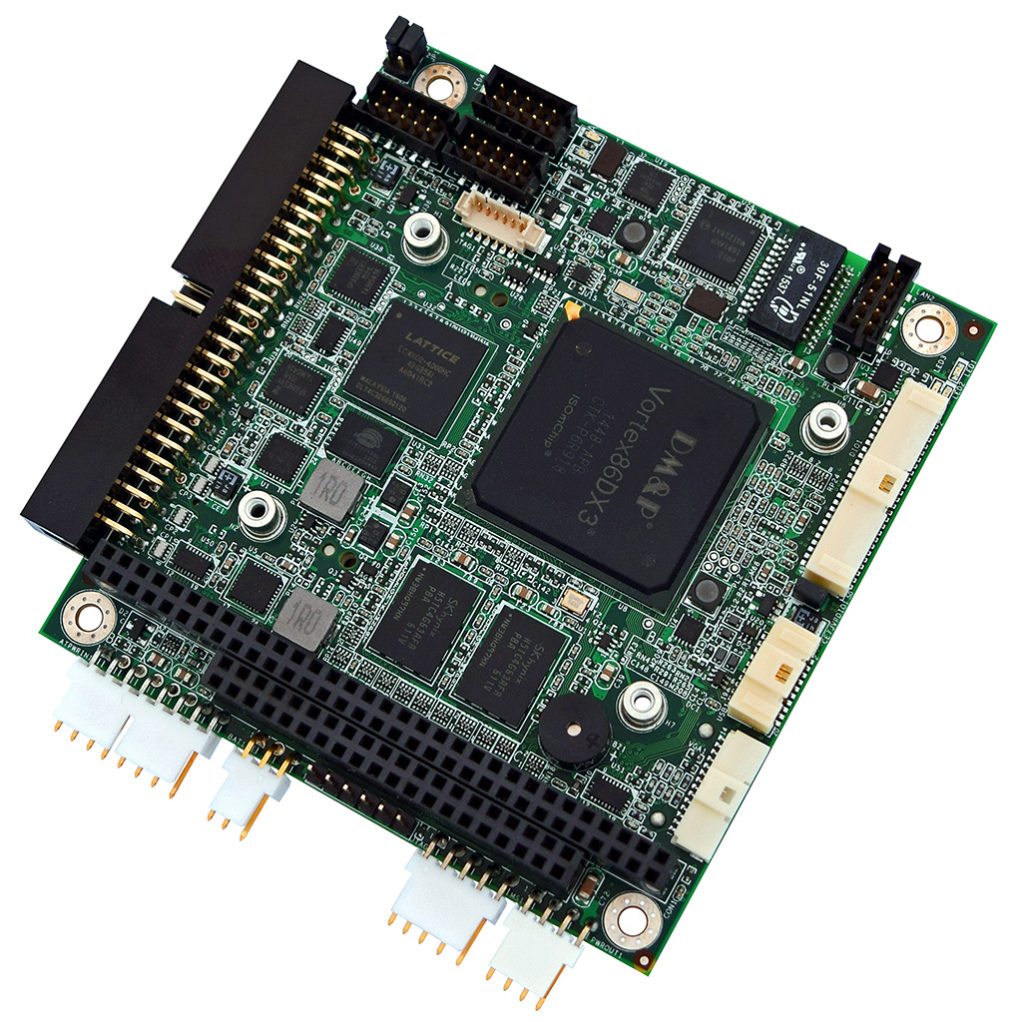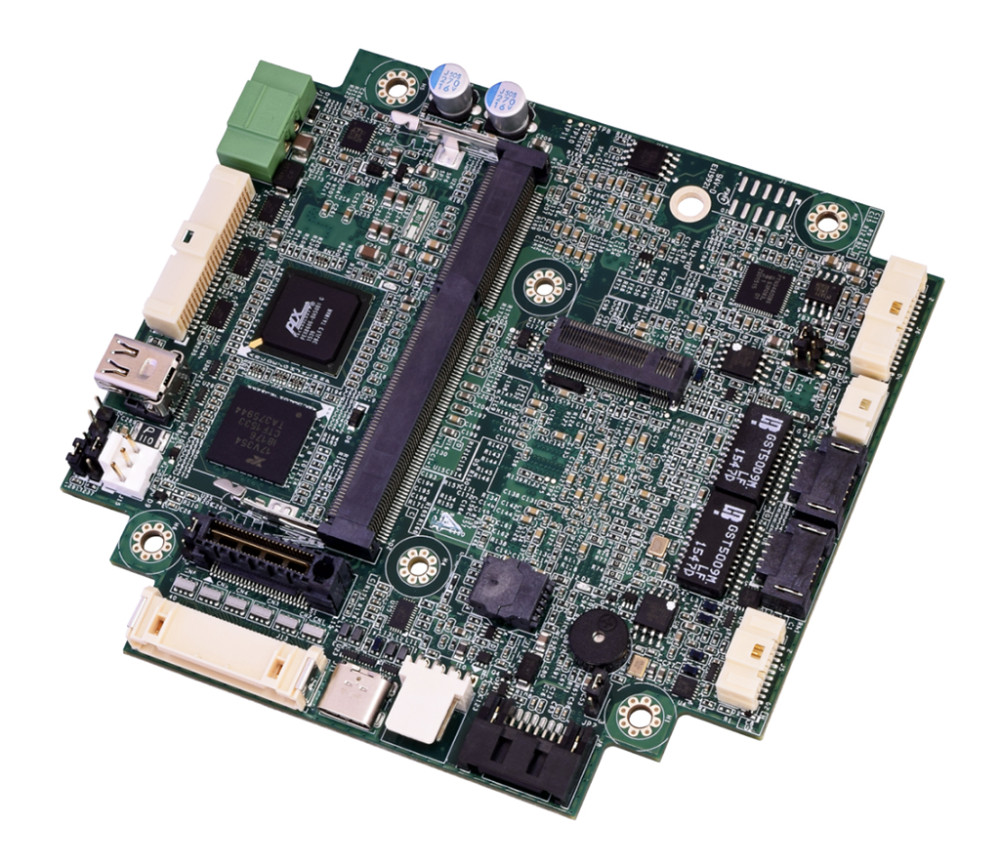
We have a lot of ground to cover here, so we’re going to split this into two parts. Here in Part 1, we’ll look at some of the basics of how and why PC104 can enable the rugged Edge of the Industrial IoT (IIoT). In most scenarios, the Edge represents the first layer of processing. In Part 2, we’ll hone in on how PC104 can move beyond the Edge into the Fog and then the Cloud.
The topic of “Rugged Edge” was a hot one at the recent Embedded World trade show (held late February in Nuremberg, Germany). We know that many of you weren’t at the event (including many of you who planned to be there and had to cancel at the last minute), so I thought I’d address some of the questions and answers here.
PC104 has been around in various forms for over 25 years and still plays a major role in many of today’s most important applications, including operating at the industrial Edge. On multiple occasions, presenters talked about how PC104 formed the basis of the original COM module. Like many of my PC104 brethren, I’ve been making this same statement for years.
It was also quite evident that the PC104 specification provides an ecosystem of single-board computers (SBCs) and I/O modules from different manufacturers. As a result, developers can design their own I/O modules and/or carrier boards and have confidence that they’ll interoperate. This approach can be far simpler than designing COM or SOM carrier modules because it doesn’t require any BIOS extensions or some of the complexities—like higher levels of integration—carried by traditional carrier board designs.
Why does PC104 work so well at the rugged Edge, where harsh environments are often encountered? Firstly, the original PC104 specification involved stacks of smaller boards. Even after lots of innovation and evolution, the PC104 module sizes and stack configurations have proven to be an effective option for rugged environments, where shock and vibration can be an issue. In addition to designing for that necessary level of shock and vibration, many PC104 board vendors, including WINSYSTEMS, adhere to the industrial temperature operation range, from -40°C to +85°C.
PC104 also sits at the heart of such applications as medical instrumentation, diagnostic equipment, and semiconductor cleanroom environments. While the extended temperatures generally aren’t required for these latter applications, high reliability is essential. Here, taking a semiconductor production line down for any period of time can result in huge revenue losses. And I don’t need to explain what happens when a piece of medical equipment malfunctions.
PC104 has exhibited remarkable stability over the years and still remains active in just about all variants of the specification. Some examples include the WINSYSTEMS’ PCM-C418 PC104 SBC, the PPM-C407 PC104-Plus SBC, and the PX1-C415 SBC based on the OneBank expansion port.

The PCM-C418 features the latest generation DM&P Vortex86DX3 SOC processor. Its small size, low power, rugged design, and extended operational temperature range make it a great fit for the IIoT applications mentioned here as well as embedded systems in the industrial control, transportation, Mil/COTS, and energy markets.

The PPM-C407 low-power SBC boasts long-term availability. It’s designed with Intel’s E3800 family of Atom processors, which enables solutions ranging from low-power single-core CPUs to higher performance dual or quad-core processors. Note that its RAM is soldered onto the board, further boosting shock and vibration resistance.

Last, but clearly not least, is the PX1-C415 SBC. In addition to its OneBank expansion, the board features the latest generation Intel Atom E3900 series SoC processors. OneBank uses a smaller, lower-cost version of the PCIe-104 connector with just one 52-pin bank rather than three.
Stay tuned for Part 2, when we take you to the Fog and beyond!
